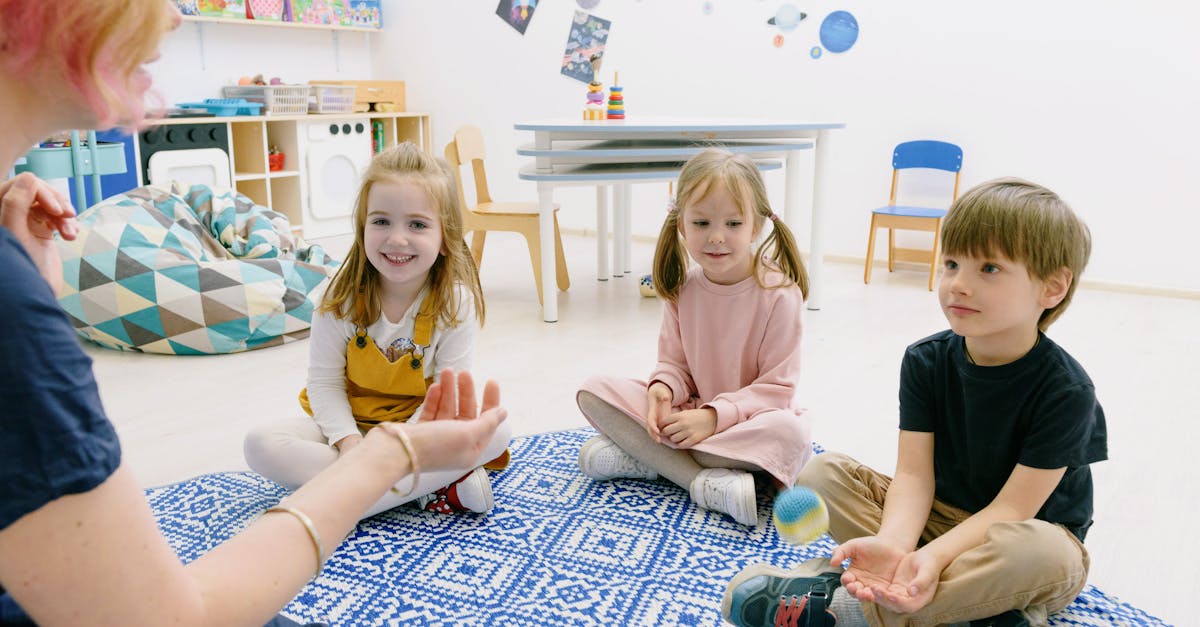The Digital Dilemma: An Introduction
Diving into the world of educational apps for preschoolers feels a lot like trying to drink water from a fire hose—overwhelming, messy, and you’re not quite sure you’re getting the good stuff. As parents, we’re facing the digital dilemma of finding quality educational apps that are more than just ‘screen babysitters’. We’ve all been there, attempting to navigate this new digital landscape, hoping for our kids to learn ABCs and 123s before they learn to scroll. Remember, it’s a journey, not a sprint, and definitely not something we need to face alone.

App Selection Simplified: What to Look For
So, what makes an educational app worthy of our preschooler’s screen time? Three words: engagement, simplicity, and feedback. An app that captivates your child’s attention, not with flashy ads but with colorful, interactive lessons is gold. Simple navigation allows tiny fingers to swipe right (hopefully not on your dating apps) and offers instant feedback to keep them engaged. Imagine an app that praises your child for correctly identifying a shape with a cheerful ‘Hooray!’ That’s the kind of positive reinforcement we’re talking about.

Top Picks for Tiny Learners
Among the vast sea of apps, a few treasures shine brightly for preschoolers. ‘ABCmouse’, ‘Hungry Caterpillar Play School’, and ‘Khan Academy Kids’ stand out for their comprehensive curriculums covering a range of subjects, from math to emotional skills. These apps don’t just teach; they engage, making learning an adventure. Each has its unique flavor, like ‘ABCmouse’ with its step-by-step learning path, or ‘Khan Academy Kids’ with its adorable animal characters guiding the way.

Setting Screen Time: A Balancing Act
Finding the sweet spot of screen time is akin to spotting a unicorn. Too little, and you feel like you’re denying them a learning resource. Too much, and you fear the iPad has morphed into a digital pacifier. The American Academy of Pediatrics suggests no more than an hour a day for kids aged 2 to 5—which, frankly, feels like either a drop in the ocean or a full-blown tsunami, depending on the day. Striking a balance involves making screen time interactive and sociable, not solitary. Think of it as a digital playdate, not a digital hideout.
Image source:

Engagement Beyond the Screen: Enhancing Learning
Here’s the secret sauce: educational apps are a launchpad, not the entire mission. Encourage your little astronaut to explore the universe beyond the screen.
After a session with ‘DuoLingo Kids’, why not have a mini language cafe at home? Or after a math game on ‘Khan Academy Kids’, break out the old-fashioned blocks for some hands-on counting.
It’s about blending digital discoveries with real-world adventures, creating a learning experience that’s as rich and varied as the world they’re about to inherit.

